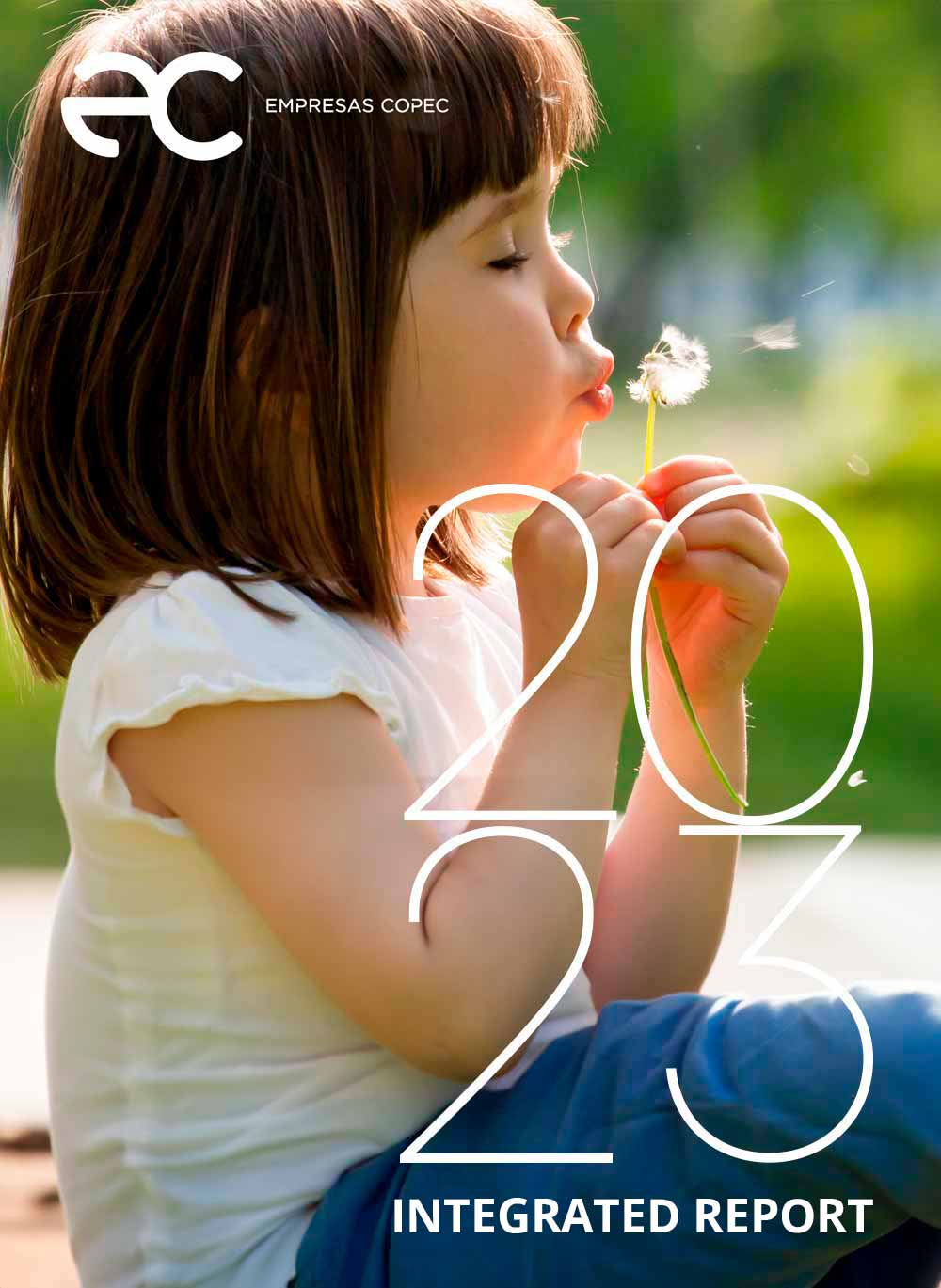US$ 58
MILLION
in environmental investment in 2022
The deterioration of biodiversity and the environment pose serious risks to human well-being as well as to the species that inhabit the planet. They also affect the ability of ecosystems to capture carbon from the atmosphere, which is key to addressing climate change.
Empresas Copec and its subsidiaries promote that their actions generate a positive difference in the environment in which they operate, considering aspects such as care for the planet, water management, the development of solutions based on nature and circularity.
In this sense, the company is firmly committed to operating responsibly and in harmony with its natural environment. To this end, the companies frame their performance in management systems that seek to go beyond regulatory compliance, promoting innovation, sustainable resource management and the reduction of emissions at a global level.
Forestry Sector
ARAUCO participates in the supply of renewable natural resources that can drive sustainable growth, replacing polluting alternatives for several uses in the construction, furniture, paper and textile industries.
Energy Sector
The fuel industry faces unique challenges driven by the need to harmonize the growing demand for energy with the diversification of the energy matrix and an increasing need to respond to climate change and the decarbonization of the economy.
Empresas Copec has focused on a diversified offer that includes liquefied gas as a transition fuel, renewable energy, green hydrogen and the promotion of electromobility.
Fisheries Sector
The future of food depends on a responsible use of resources, a constant concern for the environment and for the communities in which the Orizon subsidiary is involved.
EMISSIONS REDUCTION AND ENERGY MANAGEMENT
Empresas Copec seeks to consolidate a business model that is resilient to climate change through the reduction of emissions and efficient energy management.
During 2022, Empresas Copec and its subsidiaries made progress in several initiatives, such as increasing the consumption of renewable energies and identifying opportunities to reduce their impact on the environment.
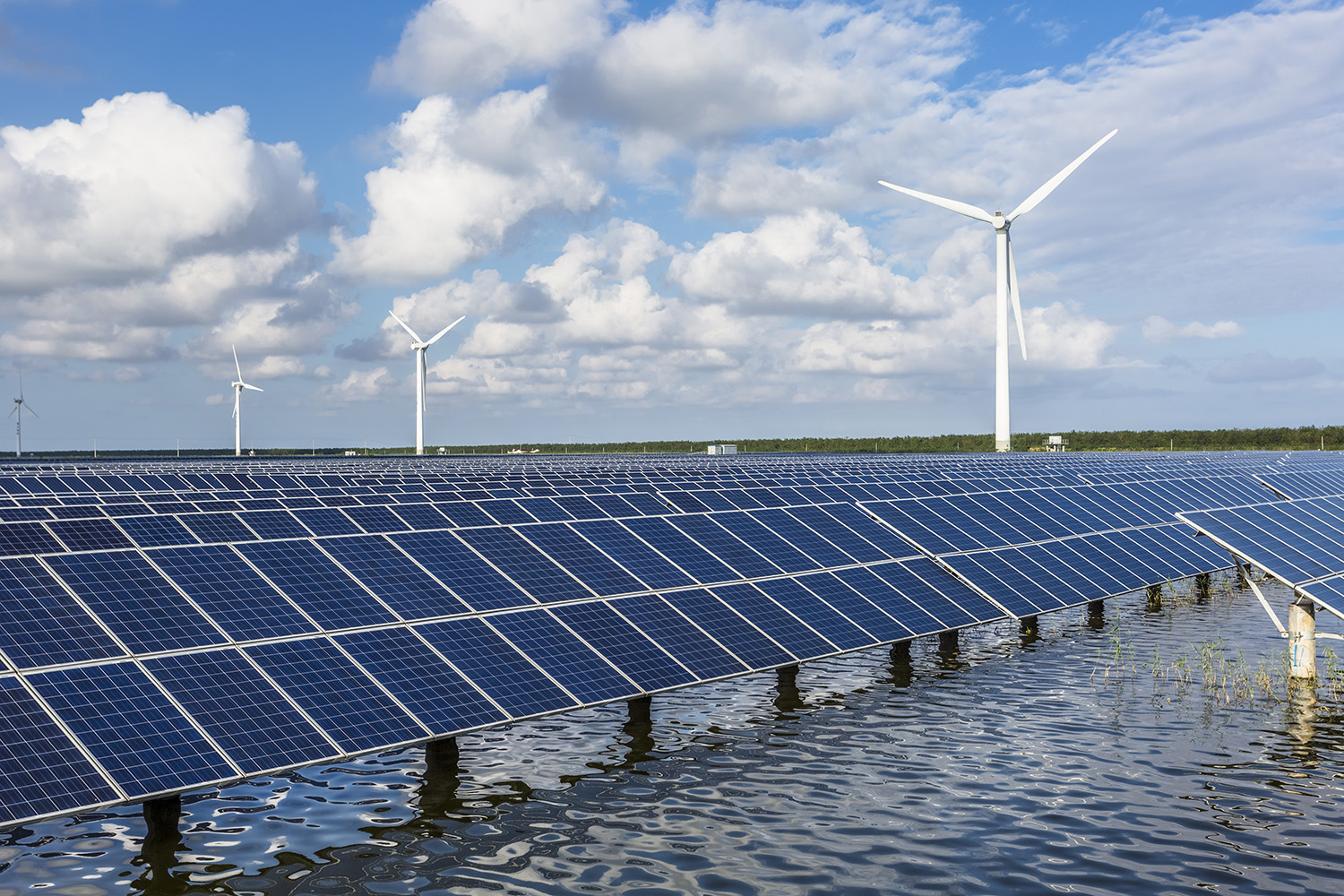
ARAUCO
The company has significant forestry assets, which enable it to mitigate the effects of climate change. Thus, five years ago it designed a work plan that is structured along two lines: to boost operational efficiencies and increase CO2 captures thanks to native forests, plantations and forest products.
Since 2019, ARAUCO holds a Carbon Neutrality Certification and has made progress by taking on new commitments to reduce one million tons of CO2eq compared to 2019.
In addition, the company announced that it joined the Science Based Targets. This global initiative encourages companies to adopt a science-based emissions reduction trajectory to limit the increase in global temperatures in line with the Paris Agreement.
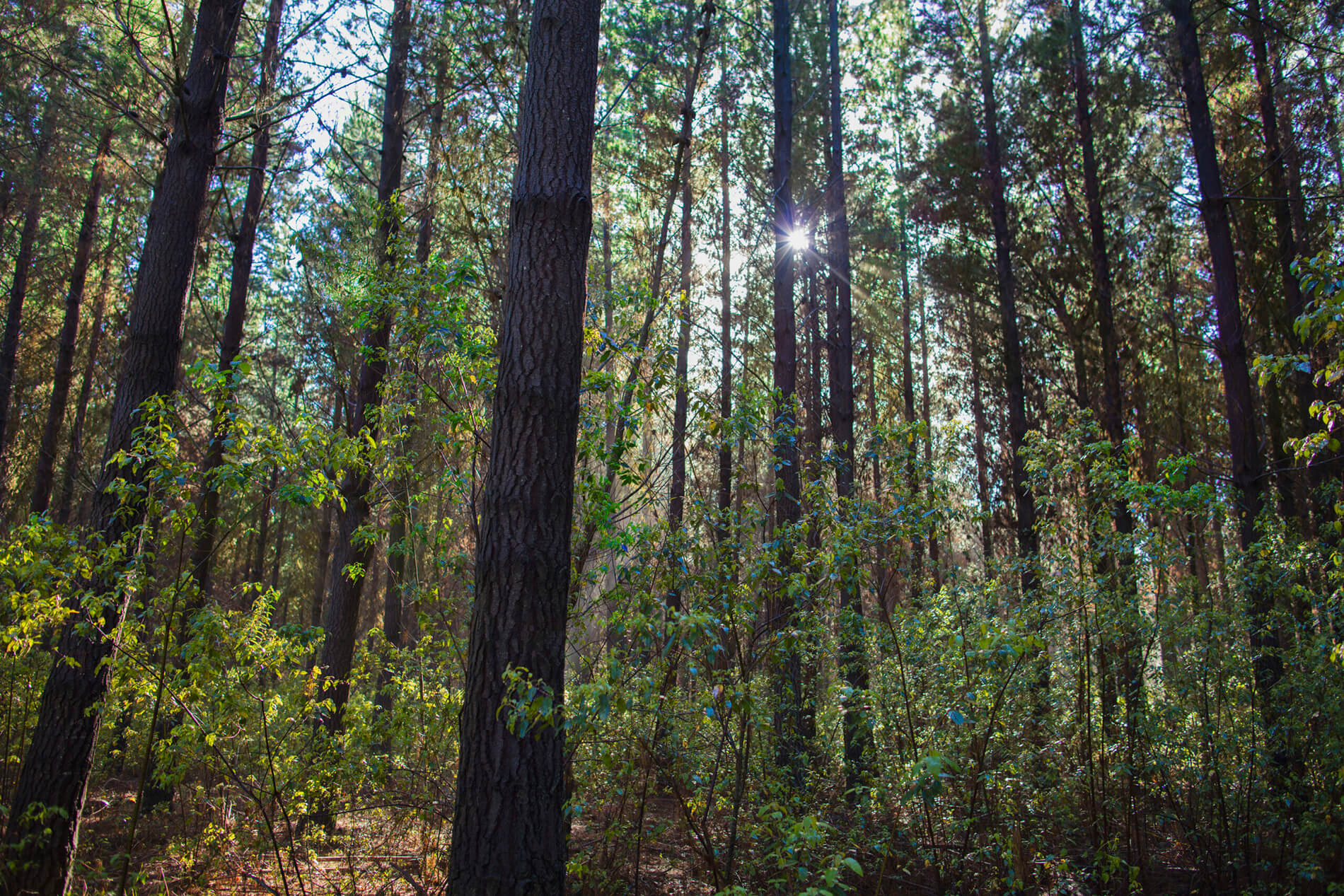
NET EMISSIONS -13 MMTCO2
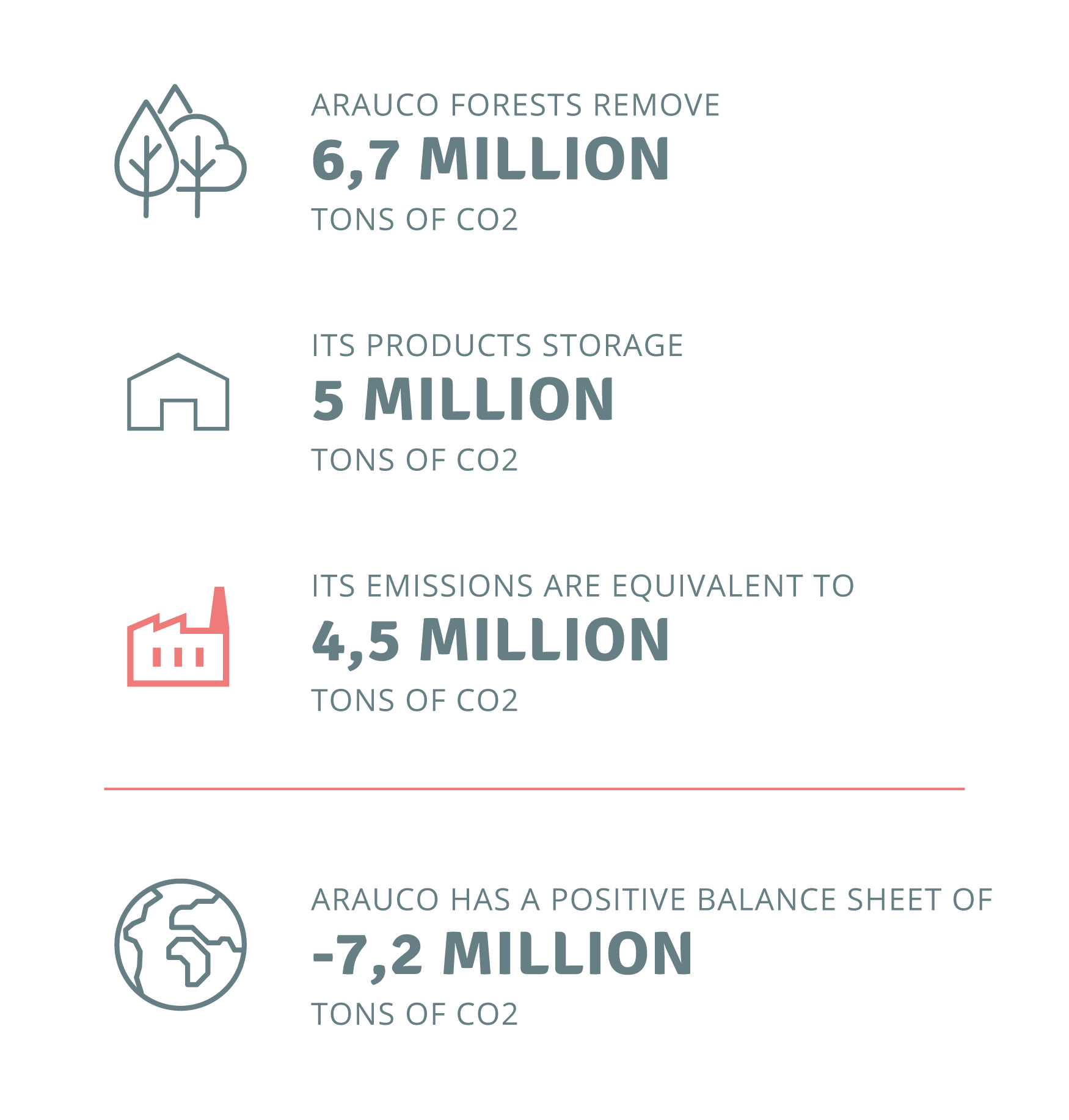
ARAUCO is one of Chile’s leading generators of non-conventional renewable energy (NCRE), which allows it to directly contribute to the generation of clean energy and the diversification of the energy matrix.
By using biomass in its boilers, ARAUCO has developed a self-sufficiency energy model, supplying energy to its plants and, at the same time, delivering surpluses to the country’s energy supply.

ARAUCO'S POWER GENERATION CAPACITY AND SUPPLY TO THE ENERGY MATRIX
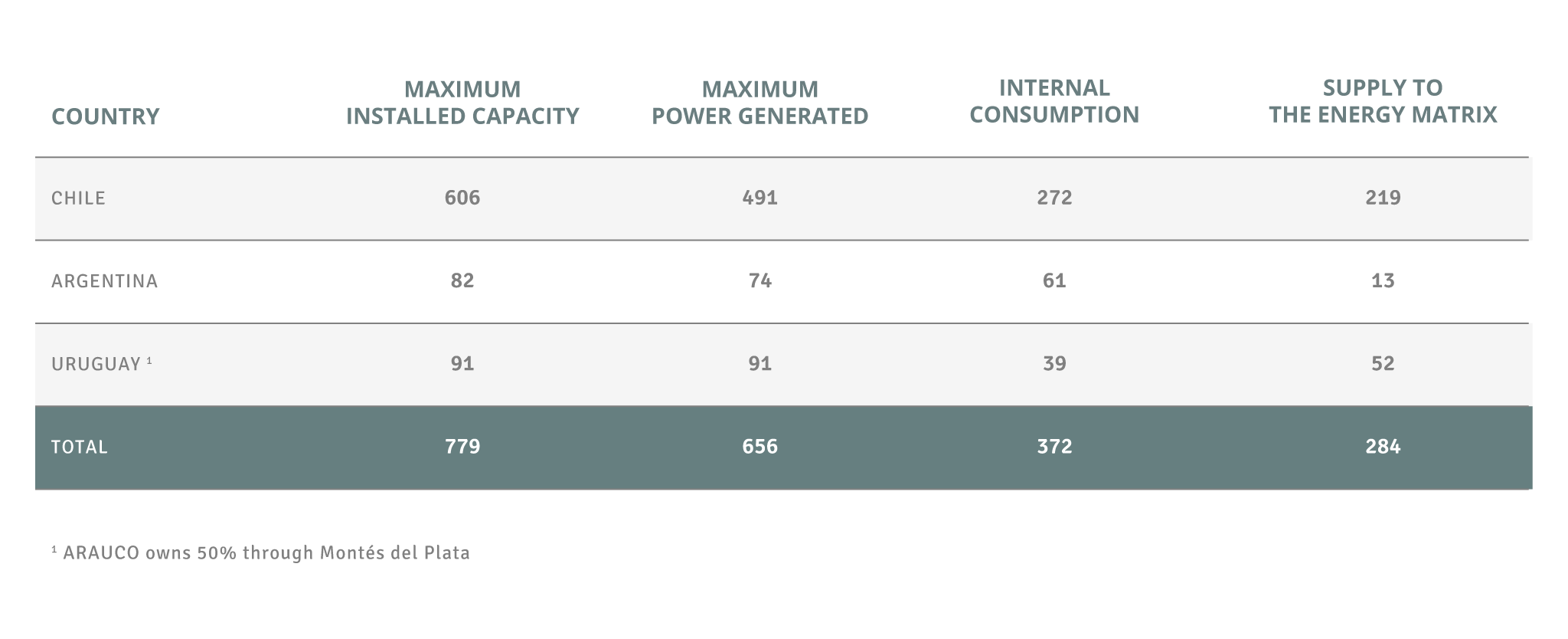
COPEC
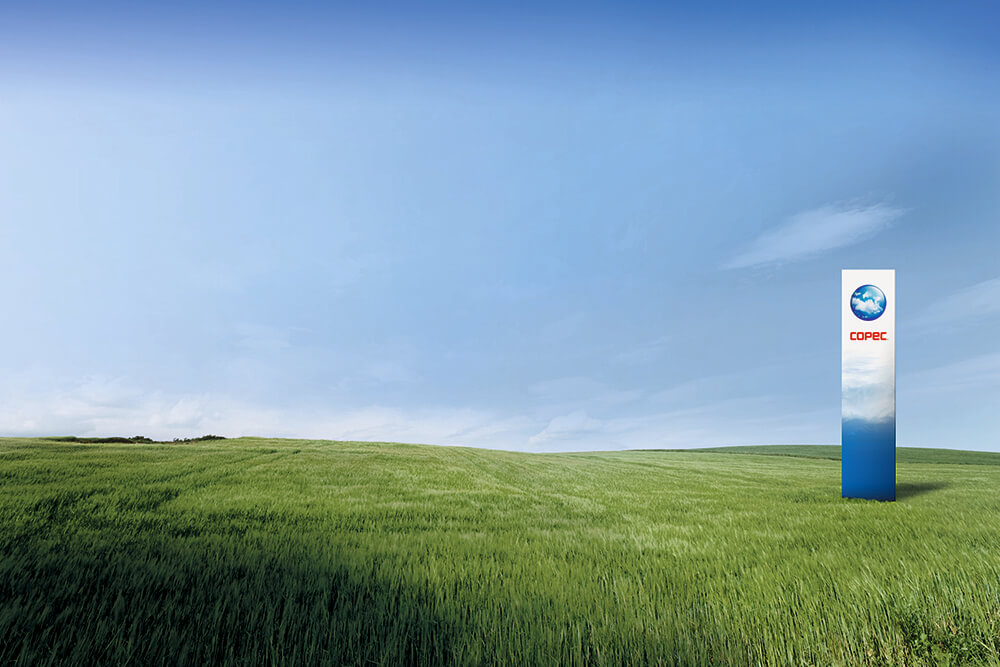
Copec has no assets in the extraction of fossil fuels, but its activity is related to the import, distribution and sale of energy. In this way, and as suppliers of energy products and solutions, the company is convinced of the changes and care required to move forward in this line, as detailed in the Climate Change Declaration published in October 2021.

ABASTIBLE
As part of Abastible’s relevant role in Chile’s energy transition, it has joined the development of green hydrogen by participating in its production chain and/or incorporating liquefied gas as a complementary energy source.
Thus, the company was selected, along with nine other companies, to participate in the Energy Sustainability Agency’s Green Hydrogen Accelerator, whose purpose is to promote the use of this resource in the national industry.
In addition, Abastible set its roadmap to develop energy services and, during 2021, several initiatives were promoted by the Innovation Management, leveraging the company’s competitive advantages. In this way, alliances were established for the transfer of knowledge and technologies, which allow the company to develop services and position itself in this market as a leader in energy and productive transformation.
BENEFITS THAT CAN BE OBTAINED

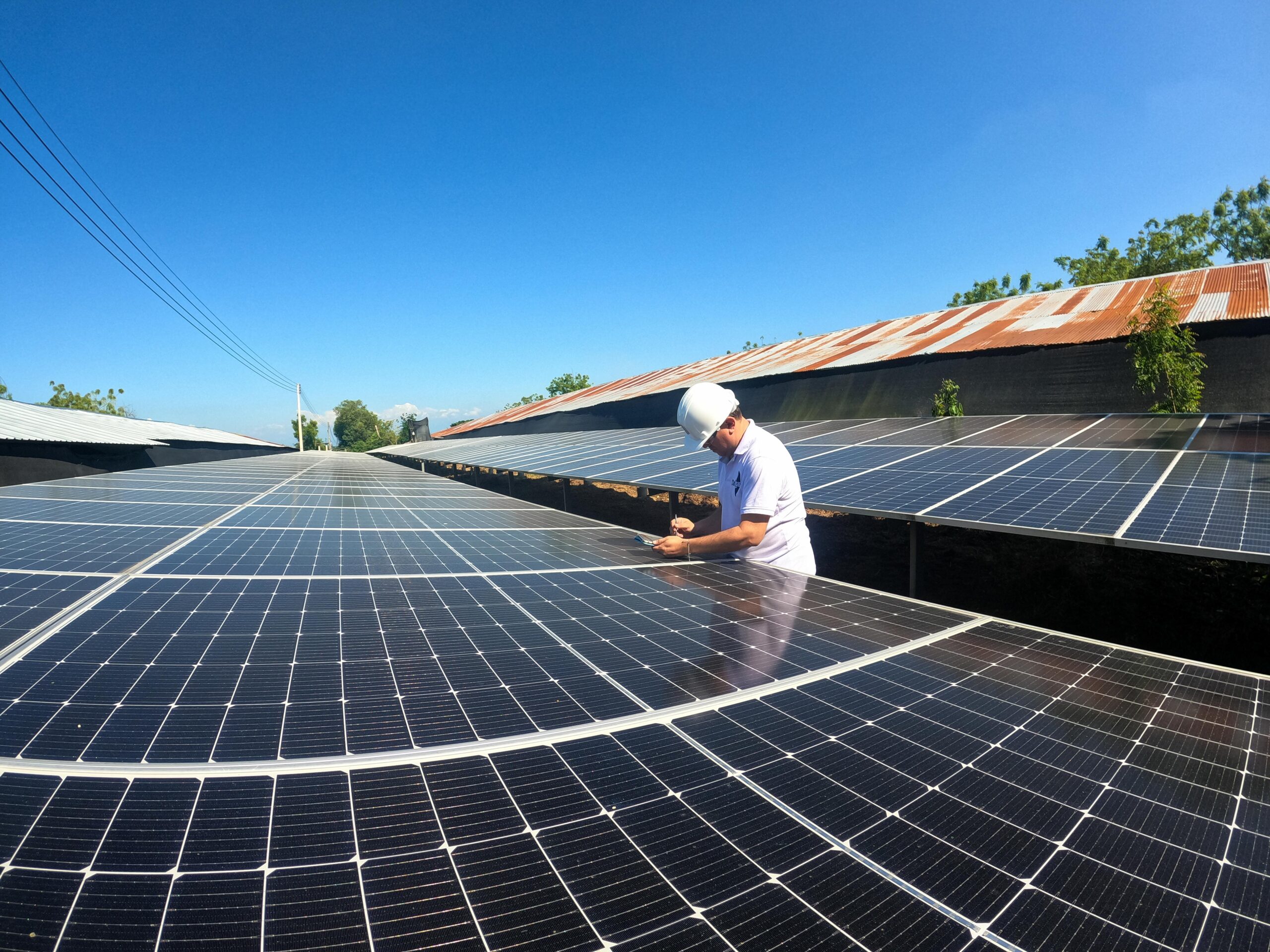
ORIZON
In 2022, Orizon began its transition to an operation with 100% renewable energy consumption, from solar, wind and/or geometric sources. The project should be fully implemented by the end of 2024, and will begin first by changing the electrical connection of its production center in Coquimbo and then continue with the three facilities located in Coronel.
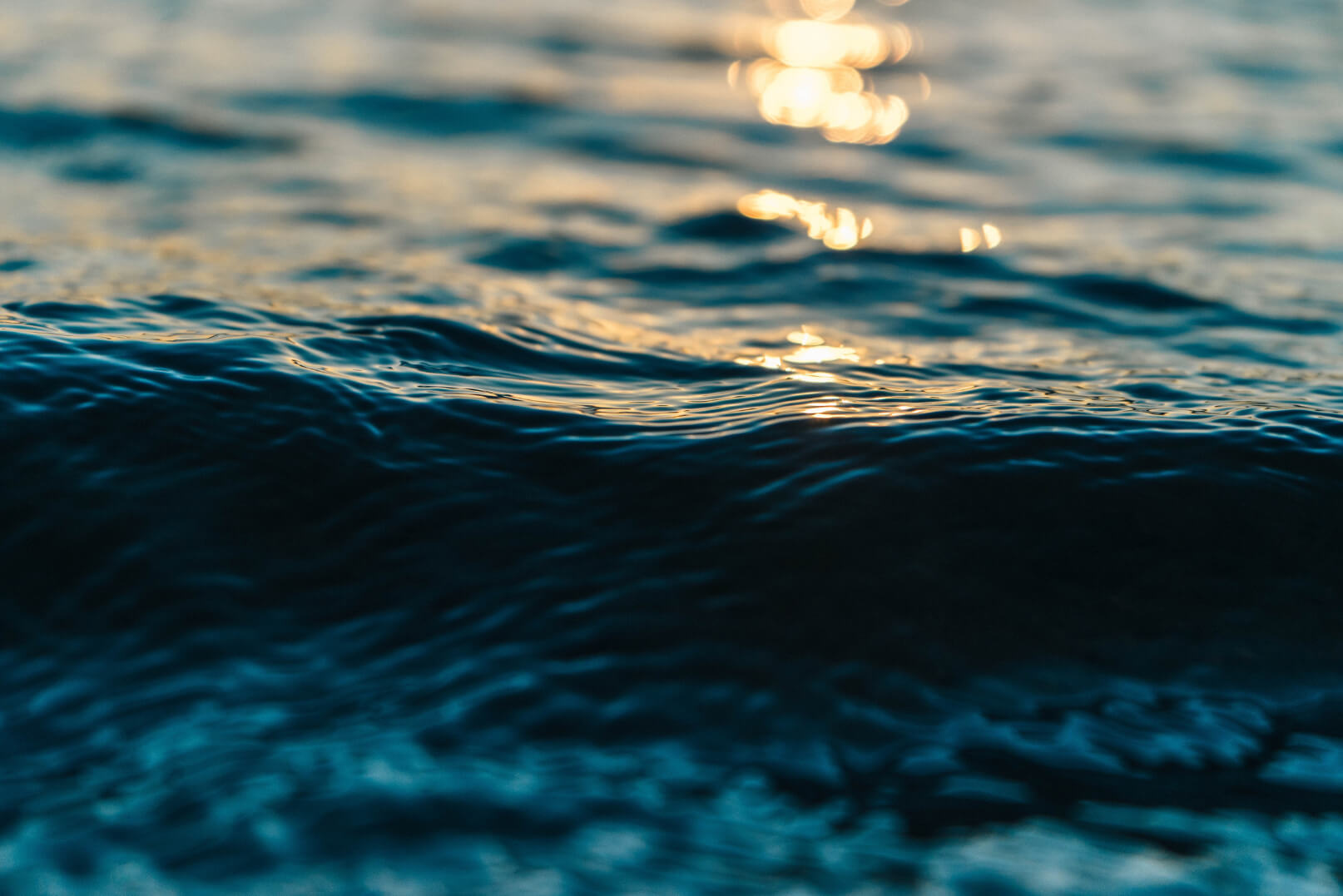
CIRCULAR ECONOMY
The approach to hazardous and non-hazardous waste management is based on three pillars: unrestricted compliance with current regulations, the search for efficiency in the removal, transportation and disposal processes, and the implementation of measures to minimize waste generation.
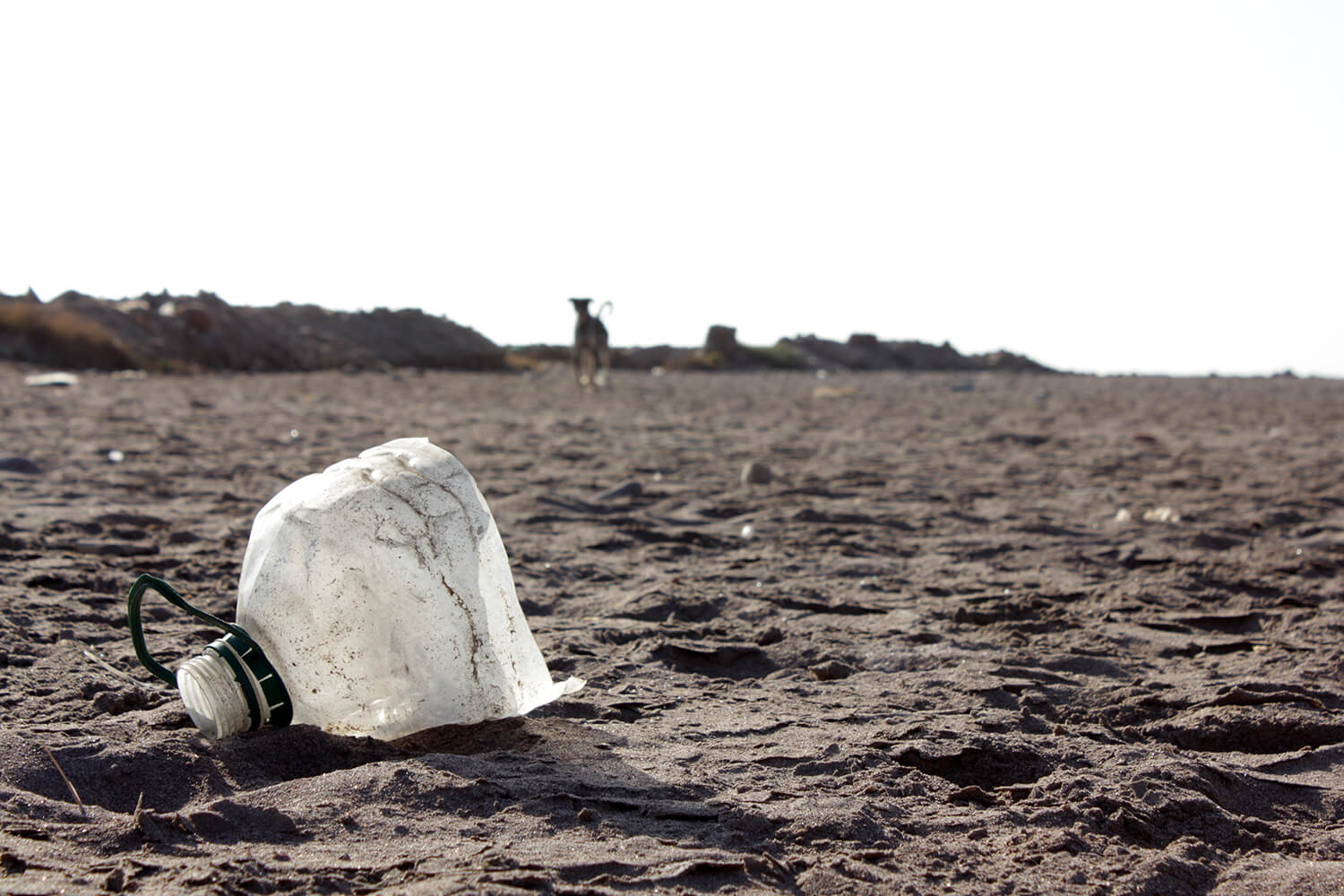
ARAUCO
The company set a goal of achieving zero non-hazardous waste by 2030, maximizing the use of resources and supplies, revaluing and creating added value through smart solutions.
In 2022, the pulp area achieved a revaluation of 60% of its non-hazardous waste and the wood area reached a revaluation of 47% of its non-hazardous waste.

COPEC
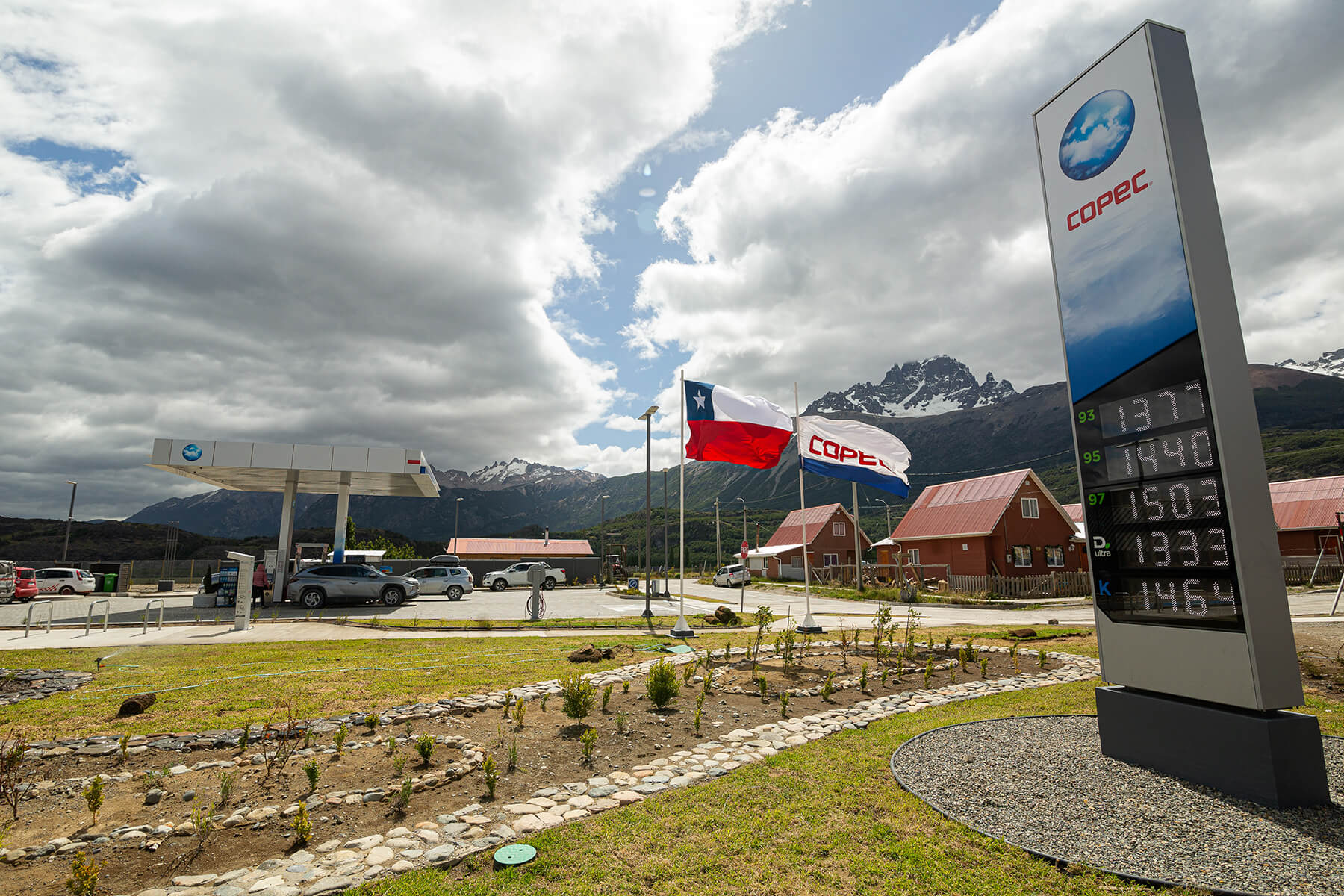
Vía Limpia: leader in integrated hazardous waste management nationwide
Copec’s subsidiary Vía Limpia provides consulting, transportation, storage and final disposal services for hazardous and non-hazardous waste from Arica to Punta Arenas, offering a responsible and highly specialized solution for the removal of used lubricating oils, greases, containers, water and solids. The waste is disposed of at authorized destinations for subsequent storage, recycling or final disposal.
To this end, the related company has a fleet that meets the highest standards of quality and safety, incorporating information technologies that allow constant monitoring and traceability from the client’s request to final disposal and associated document management.
In 2022, the company served a total of 9,554 customers and, in total, collected 12,739 m3 of used oil, 14,014 m3 of contaminated water and 6,578 tons of hazardous solid waste.
ORIZON
RECYCLING OF FISHING NETS
Fishing nets account for 10% of ocean pollution, affecting marine ecosystems and the lives of thousands of animal species that are harmed by this waste in the environment.
During 2022, Orizon recovered 19.2 tons of fishing nets, which were donated to Bureo, a company dedicated to the recycling of this material, contributing to a reduction of 23.9 tons CO2eq.

WATER RESOURCE MANAGEMENT
The current climate context has prompted the sustainable management of water, in order to avoid its scarcity and ensure its provision for human development and the care of flora and fauna.

ARAUCO
Forests and plantations have beneficial effects on the hydrological cycle. They help retain moisture, reduce soil loss, regulate water temperature in riverbeds, promote osmosis and improve water quality. It should be noted that forest plantations do not use irrigation water.
The company’s industrial facilities are supplied with surface or groundwater, so it is essential to monitor the availability of the resource in the basins from which they are supplied and to carry out studies on the effects of climate change on them.
- All of ARAUCO’s pulp facilities have primary and secondary treatment systems when the pulp is discharged into the sea and, additionally, tertiary treatment when the effluents are discharged into the river.
- Wood mills treat their effluents in pulp mill systems or in biological reactors, activated sludge, sedimentation and/or equalization lagoons.
In Chile, over the past decade, ARAUCO has been developing the Desafío Agua (Water Challenge) management strategy. To date, and using a methodology of collaborative work with the community and the authorities, this program has supported more than 50,000 people in the development of rural drinking water projects in 38 municipalities by providing studies, engineering and even land for the development of small and large projects through public-private partnerships.

COPEC
The company is committed to ensuring the efficient use of water, generating an action plan that establishes the goal of reducing 30% of its total consumption by 2025.
This plan is based on three pillars: ensuring responsible use of water resources in all Copec operations; innovating to reduce water consumption; and generating awareness-raising opportunities for employees and customers.

BIODIVERSITY PROTECTION
Preserving ecosystems and safeguarding biodiversity are priorities in the management of Empresas Copec and its subsidiaries. Thus, every year, investments are made in different preservation programs and in the development of research studies.
Arauco
Considering that trees are the raw material for all of ARAUCO’s products, the company manages its forest assets in Chile, Argentina, Brazil and Uruguay under Responsible Forest Management practices. In addition, its production processes are certified under the most demanding environmental, social and economic standards worldwide.
In this sense, and within a context of growing demand for wood, intensifying its use to generate these products is key to sustainable development, since this material stands out from others due to its productivity and low carbon footprint, which must go hand in hand with the conservation of the ecosystem services provided by plantations and native forests.
Trees, both native and plantations, represent one of the company’s most powerful strategies to mitigate climate change, due to their capacity to absorb carbon dioxide and transform it into oxygen. Likewise, responsible management of plantations reduces pressure on native forests, given that deforestation and degradation of these forests account for 20% of global CO2 emissions.

ASSET PROTECTION AND FIRE PREVENTION
ARAUCO has a comprehensive Fire Prevention and Control strategy, focused primarily on the protection of rural-urban interface zones, where 42% of fires originate.
Through the No+ Fire Program, the company seeks to protect plantations, native forests and fauna, infrastructure, industries, homes and human lives from damage through three pillars: Education and Dissemination, Fuel Management and Coordinated Reaction. Acknowledging that collaborative work is fundamental, the implementation of this initiative is carried out with other institutions and organizations, both public and private.
Main lines of work
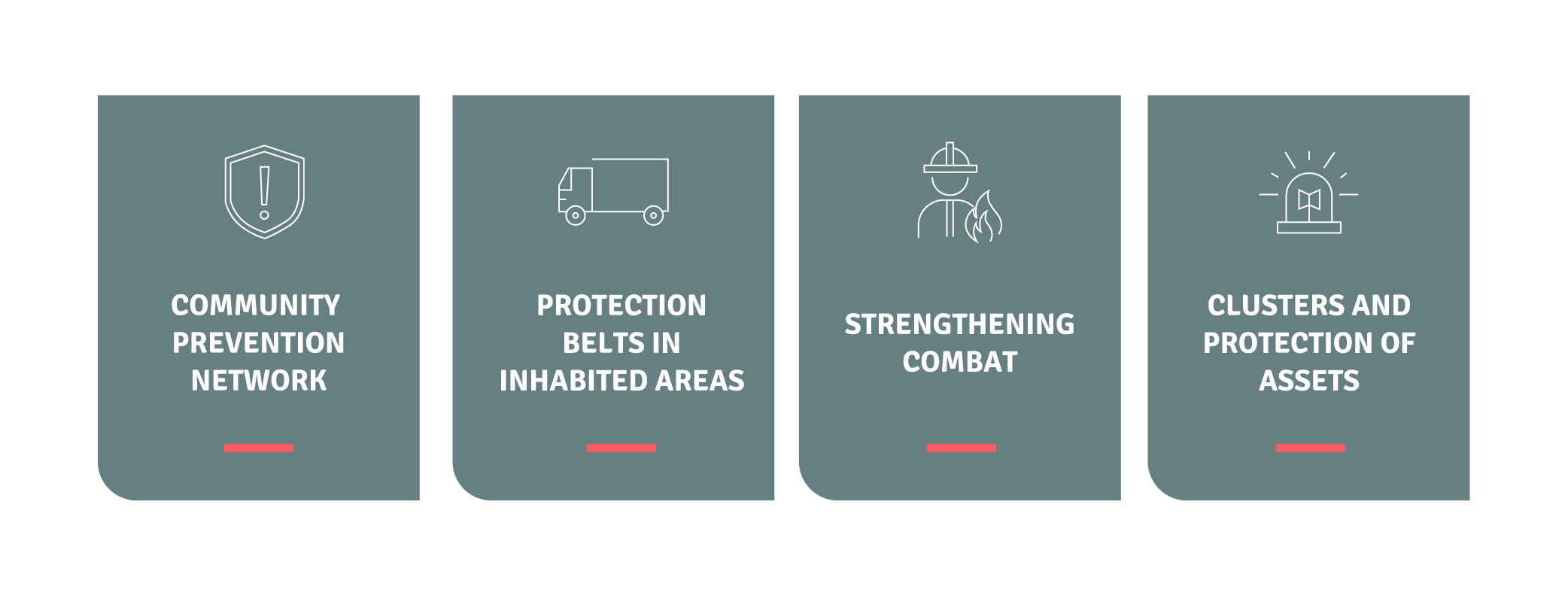
Budget allocated for fire prevention at ARAUCO
(US$ millions)
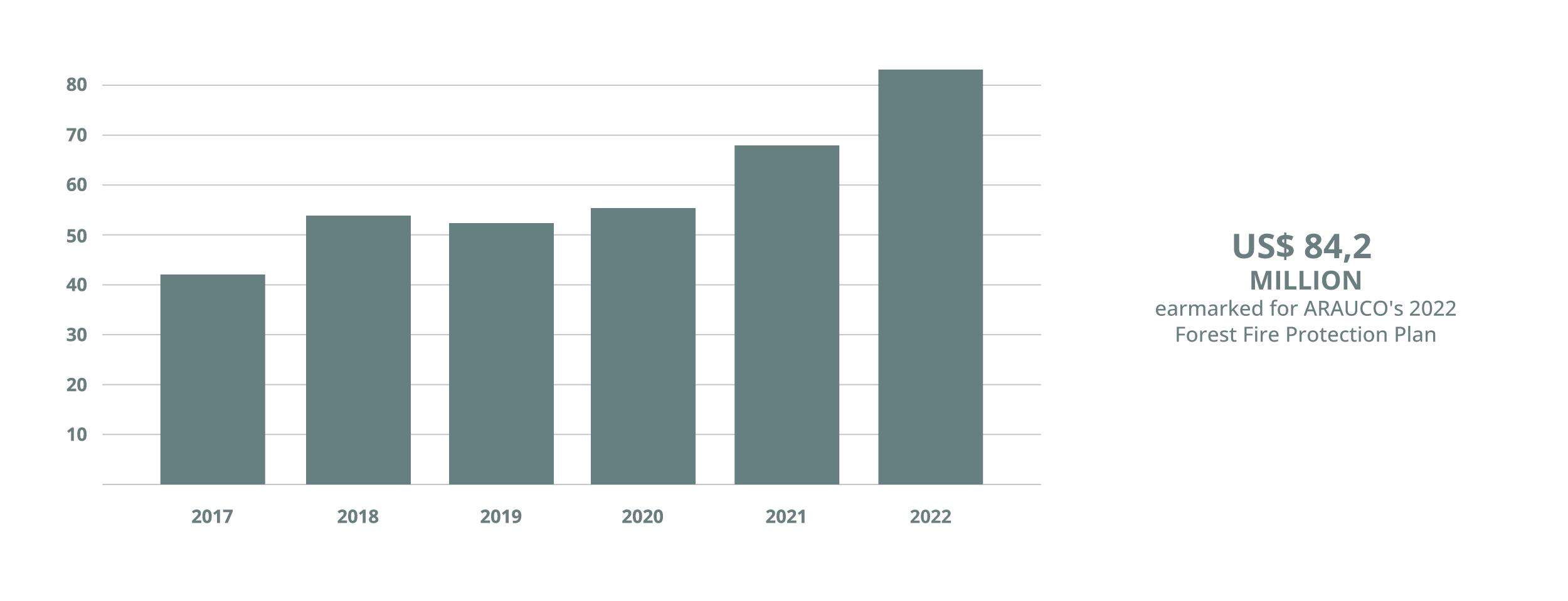
Forest fire protection plan resources
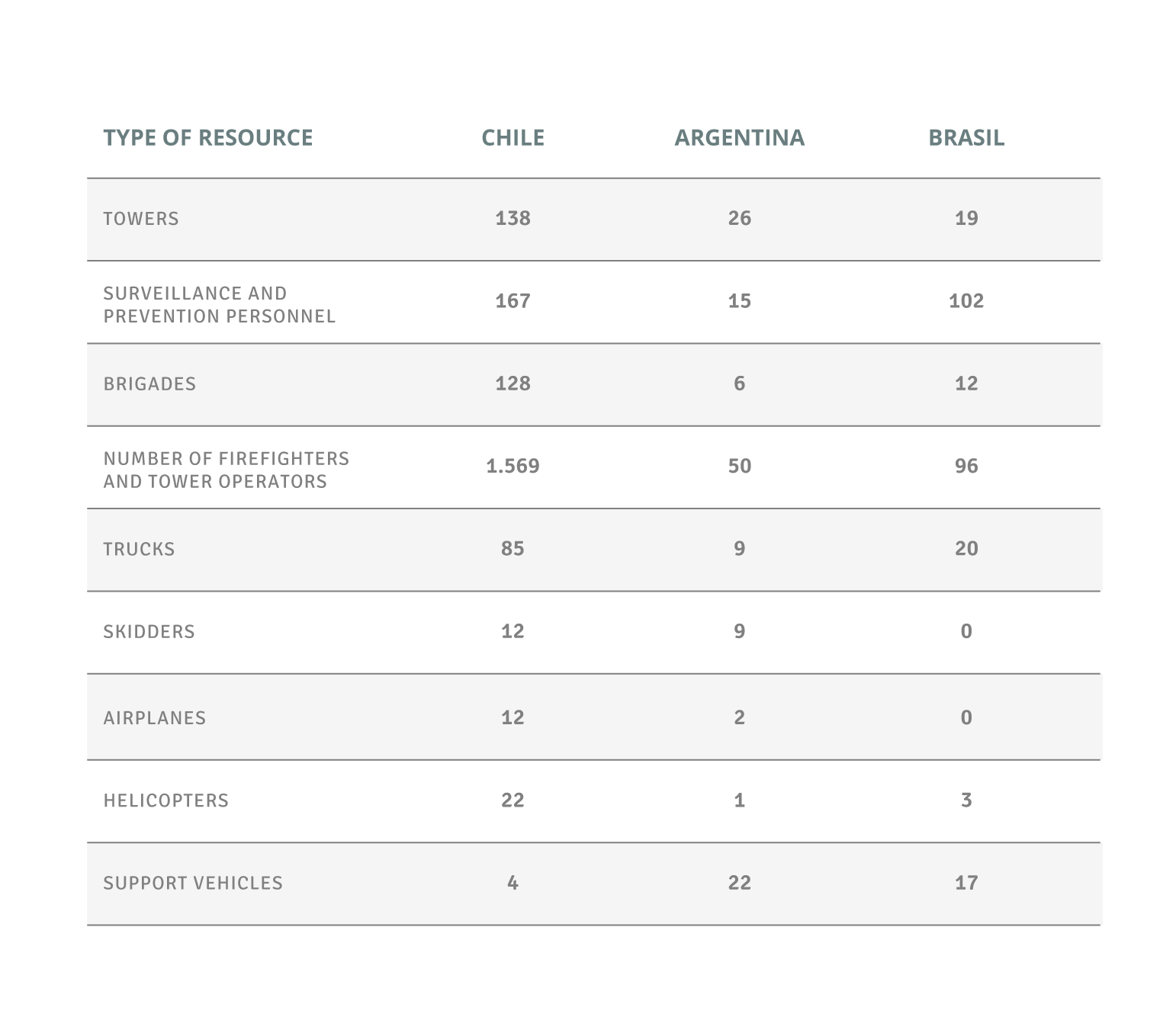
COPEC
Copec’s efforts in biodiversity aim at the regeneration of ecosystems and their capability to contribute to climate resilience and species conservation. In this sense, Copec has defined a cross-cutting objective that seeks to generate a positive net impact by 2039 and build a trajectory for this purpose.
To this end, the company will continue to collaborate and support research and development of new technologies, as well as promoting progress in the protection and conservation of 39 ecosystems throughout the country, as it is currently doing with the La Chimba wetlands in Antofagasta and El Bato in Quintero. For that, Copec establishes agreements or public-private or private-private alliances.
Copec has been working since 2018, together with Fundación Kennedy, on the protection and recovery of the La Chimba Wetland, the first urban wetland in Northern Chile and declared a Nature Sanctuary and Urban Wetland by the Council of Ministers for Sustainability.

ORIZON
Within its sustainability and business strategy, Orizon states and reaffirms its concern for the care and protection of the marine ecosystem. Thus, for the company, responsible fishing is fundamental to achieve sustainable nutrition.
In Chile, to ensure the health and sustainability of the resources, the jack mackerel, sardine and anchovy fisheries are regulated by quotas, which are determined according to different parameters that account for the state of the resource, such as total biomass, spawning and recruitment (specimens that join the fishery for the first time), in addition to the levels of exploitation to which the resource is subjected. Likewise, there are closed fishing seasons, which are applied to protect the resource in the reproductive stages and with a high presence of juvenile specimens.
CERTIFICATIONS
Orizon has several independent international certifications that ensure that fishing is carried out under strict quality standards and complies with the Sustainability standards set by the United Nations’ Food and Agriculture Organization (FAO).
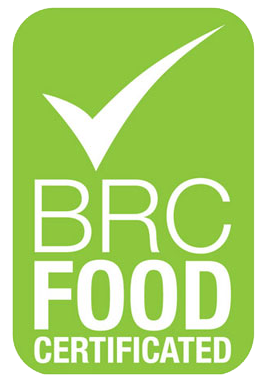
BRC v8 recertification and IFS v6.1 certification (canning and value-added frozen plants)
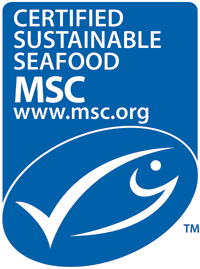
Marine Stewardship Council (MSC) certification for the chain of custody of jack mackerel (human consumption plants) and IFFO-RS 2.0 certification (fish flour plants in Coquimbo and Coronel).



